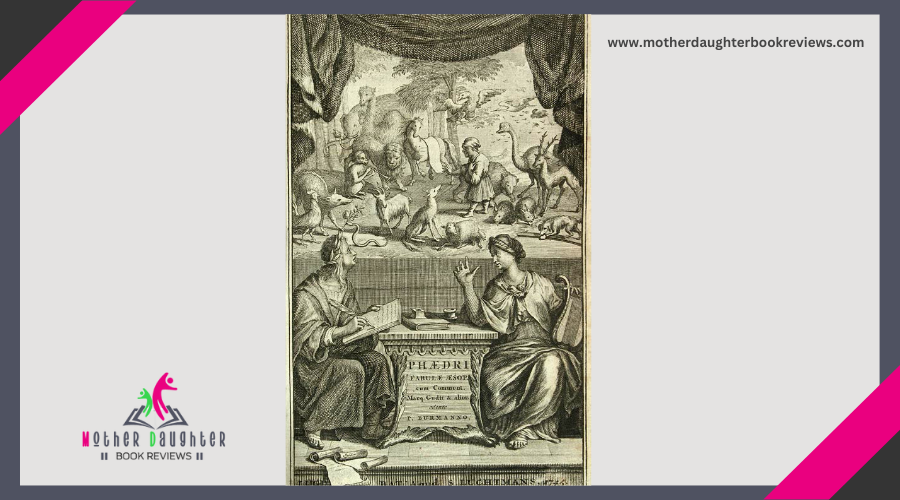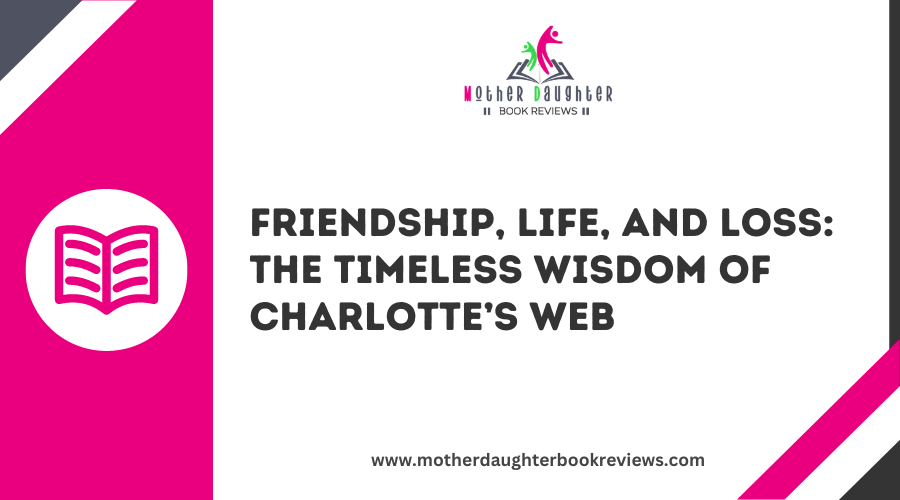Roman Wisdom in The Fables of Phaedrus

You'll find timeless wisdom in the fables of Phaedrus, a Roman classic offering rich moral narratives through clever storytelling. Each fable, inspired by Greek traditions and Rome's cultural elements, teaches valuable lessons about virtues like integrity and humility, and warns against vices such as greed and arrogance. Stories like "The Wolf and the Lamb" highlight the misuse of power, while "The Fox and the Crow" reveal the pitfalls of deceit.
Origins of Phaedrus' Fables
Phaedrus' fables trace their origins back to the rich tradition of storytelling in ancient Rome. As you investigate these tales, you'll find that they were heavily influenced by earlier Greek fables, especially those attributed to Aesop. However, Phaedrus didn't just translate; he adapted and expanded these stories, infusing them with Roman cultural elements and his own unique flair. His adaptations often included sharper satirical elements, aimed at highlighting the vices and virtues of his society.
When you probe into Phaedrus' work, you'll notice that he wrote in verse, making his fables not only moralistic but also poetic. This stylistic choice helped to embed these tales into the cultural fabric of Roman life, making them easily memorable and transmissible. Phaedrus often used animals as characters, a device that allowed him to subtly critique human behavior without directly offending his contemporaries.
Key Themes and Motifs
One of the central themes is the triumph of wit and intelligence over brute strength. Fables like "The Fox and the Crow" illustrate how cleverness can outsmart physical power, teaching you the value of cunning and intellect.
Another recurring motif is the idea of justice and retribution. Phaedrus often shows that those who commit wrongdoings, no matter how powerful, will eventually face consequences. This theme instills in you a sense of moral accountability and the importance of righteousness.
The fables also emphasize the dangers of hubris. Characters who exhibit excessive pride or arrogance, like in "The Frog and the Ox," often face downfall. This theme serves as a reminder to remain humble and mindful of your limitations.
Fables and Human Nature
Understanding the key themes and motifs of Phaedrus' fables lays a foundation for exploring how these stories reflect human nature. When you delve into these ancient tales, you'll notice how they capture timeless aspects of human behavior. Phaedrus used animals to personify human traits like greed, cunning, and kindness, making his fables relatable and insightful.
In stories like "The Fox and the Grapes," you see how humans often rationalize their failures by dismissing what they cannot achieve. This reflects our tendency to protect our ego by devaluing unattainable goals. Likewise, "The Wolf and the Lamb" illustrates the misuse of power, showing how those in authority can manipulate situations to their advantage, regardless of justice or morality.
You'll also find that Phaedrus' fables highlight the complexity of social interactions. For instance, "The Crow and the Pitcher" teaches you about resourcefulness and perseverance, traits that are essential for overcoming life's challenges.
Lessons on Virtue
Often, Phaedrus' fables deliver powerful lessons on virtue through simple yet profound narratives. By presenting animals in human-like situations, these stories make it easy for you to grasp crucial moral principles. Take, for instance, the fable of "The Wolf and the Lamb." The lamb's innocence and unwavering truthfulness contrast sharply with the wolf's baseless accusations. Here, you learn the virtue of maintaining integrity even when faced with unjust challenges.
In another tale, "The Two Mules," one mule carries gold while the other carries only barley. The mule with gold becomes a target for robbers, while the humble mule escapes harm. This story teaches you that humility and modesty can protect you from danger, emphasizing the virtue of simplicity over ostentation.
Moreover, the fable "The Oak and the Reed" juxtaposes the rigid oak and the flexible reed. During a storm, the oak is uprooted, while the reed bends and survives. This illustrates the virtue of adaptability, showing you that flexibility can be more valuable than stubborn strength.
View this post on Instagram
The profound influence of Phaedrus' fables on Western literature sets the stage for their significant educational value for children. When you introduce these timeless tales to young minds, you're not just sharing stories; you're imparting vital life lessons. Each fable, through its simple narrative and animal characters, teaches moral values such as honesty, kindness, and perseverance. By reading Phaedrus' fables, children learn to distinguish right from wrong in a way that's both engaging and memorable. The clear moral at the end of each story helps reinforce positive behavior, making these lessons stick. For instance, "The Fox and the Grapes" teaches about the dangers of envy and the importance of contentment. Moreover, these fables improve critical thinking skills. When discussing the stories, you can ask questions like, "What would you have done differently?" or "Why do you think the character acted that way?" This encourages children to analyze situations and develop their problem-solving abilities. Incorporating Phaedrus' fables into your child's reading routine doesn't just entertain them; it builds a foundation of moral integrity and intellectual curiosity that will benefit them throughout their lives. Throughout the centuries, the wisdom embedded in Phaedrus' fables has remained strikingly relevant. You'll find that the timeless lessons within these stories resonate with modern life just as much as they did in ancient Rome. Phaedrus captured human nature in its most fundamental form, making his fables enduring guides for ethical behavior and personal reflection. Consider these timeless lessons from Phaedrus' fables: These lessons, embedded in Phaedrus' fables, continue to provide valuable guidance for steering through the complexities of human behavior and morality. In final thoughts, Phaedrus’ fables offer timeless wisdom that transcends the boundaries of culture and time, speaking to the fundamental nature of human behavior. Each tale presents clear moral lessons through engaging narratives and relatable characters, making them both educational and thought-provoking. From the dangers of greed and arrogance to the virtues of kindness, honesty, and humility, these fables provide lasting insights into ethics, personal integrity, and the complexities of social interactions.Warnings About Vice
Popular Fables and Their Messages
Educational Value for Children
Timelessness of Phaedrus' Wisdom
Conclusion




